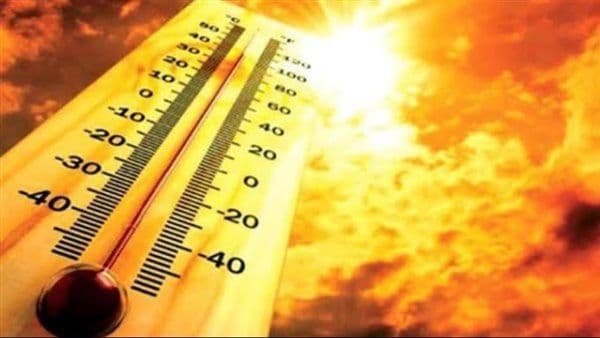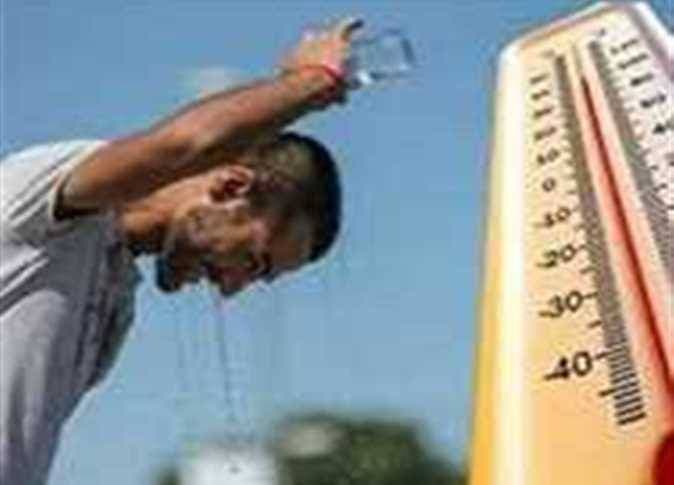The Invisible Inferno: Unpacking Egypt's Unprecedented Heatwave
Explore Egypt's intense heatwave, its atmospheric causes, and how current temperatures exceed norms. Get essential tips to cope with the scorching climate.
The Sizzling Reality: Understanding Egypt's Extreme Heat
Egypt is currently grappling with an intense heatwave, turning daily life into a formidable challenge. While official temperature readings might seem high, the true 'felt' temperature is significantly more oppressive. This stark discrepancy, often ranging from 2 to 4 degrees Celsius above the reported values in the shade, is primarily due to soaring humidity levels and remarkably calm winds. Imagine a thermometer showing 41 degrees in Cairo; your body is likely experiencing conditions closer to 43-45 degrees. The has highlighted these 'very hot conditions' compounded by elevated humidity, which can even reach a staggering 100% in certain areas. This isn't just a matter of discomfort; it's a critical public health concern, transforming the very air into a dense, stifling blanket. Understanding this 'invisible inferno' is the first step towards navigating it safely, as the heat's impact extends far beyond mere numbers on a weather app.

Regional Hotspots: A City-by-City Temperature Breakdown
This relentless heatwave isn't uniform across Egypt; some regions are bearing the brunt more severely than others. As expected, Upper Egypt and the southern regions are experiencing the most extreme conditions. , for instance, is seeing highs around 46°C, with and not far behind at 45°C. Even the is hitting 44°C, and is registering a scorching 45°C. Moving north, the area, including the capital, , and , is consistently reporting maximums of 41-42°C. Coastal cities like and , typically offering some respite, are still experiencing significant heat at 35°C and 32°C respectively, albeit with the added challenge of high humidity. Even parts of , like , are hitting 43°C. While some southern areas like Halayeb, Shalateen, and Saint Catherine might see sporadic light rain on Sunday, and northern coasts could experience some stirring winds, these localized phenomena offer minimal relief from the widespread, intense heat gripping most of the nation.
Behind the Swelter: Unraveling the Atmospheric Culprits
So, what's truly driving this unprecedented heat? The points to a dual atmospheric assault. Firstly, a persistent high-pressure system in the upper layers of the atmosphere is acting like a lid, trapping warm air near the surface. This stable atmospheric condition leads to extended periods of direct sun exposure, intensifying the ground-level temperatures. Secondly, is experiencing the influence of an extended low-pressure system. While the monsoon typically brings rain to South Asia, its extension into Egypt contributes significantly to the oppressive humidity, which, as we've noted, dramatically increases the 'felt' temperature. These combined meteorological phenomena have pushed temperatures well beyond seasonal norms, with current readings exceeding typical averages for this time of year by a substantial four to six degrees Celsius. Experts confirm that the peak of this extreme heatwave is expected to persist through Saturday, Sunday, and Monday, before any significant changes are anticipated.

Navigating the Inferno: Essential Tips for Staying Safe and Cool
With the heatwave reaching its zenith, prioritizing personal safety and well-being is paramount. The difference between reported and felt temperatures means that what appears as 41°C could feel closer to 45°C, making simple precautions crucial. Hydration is non-negotiable; drink plenty of water throughout the day, even if you don't feel thirsty, and avoid sugary drinks or excessive caffeine. It's wise to limit direct sun exposure, especially during peak hours from noon to late afternoon. If outdoor activities are unavoidable, seek shade frequently and wear light-colored, loose-fitting clothing made from breathable fabrics. Remember to check on vulnerable individuals – the elderly, children, and those with pre-existing health conditions – as they are particularly susceptible to heat-related illnesses. Adjusting your daily routine to avoid strenuous activities during the hottest parts of the day can also make a significant difference. These simple yet effective strategies are your best defense against the pervasive heat and humidity.
The Forecast Ahead: When Will the Heat Recede?
For many, the most pressing question is, when will this relentless heat finally abate? There's a glimmer of hope on the horizon, with the forecasting a gradual reduction in temperatures starting from Wednesday. While the current peak is projected to last through Monday, a noticeable shift is expected mid-week. Temperatures across the northern regions, including and the , are anticipated to drop by approximately 3 to 4 degrees Celsius. This adjustment means that Northern Coastal areas, currently experiencing highs in the mid-30s, should see temperatures settle into a more manageable range of 30-32°C. Similarly, and the , which have been enduring 41-42°C, are expected to cool down to 35-36°C. While these figures still represent warm summer weather, the anticipated decrease offers a much-needed reprieve from the current oppressive conditions, signaling a gradual return to more typical, albeit still hot, summer temperatures.
Related Articles

The Invisible Inferno: Why Egypt's Heatwave Feels Hotter Than It Looks

The Invisible Inferno: Why Egypt's Heatwave Feels Hotter Than It Looks

Decoding Tomorrow's Swelter: Proactive Steps for an Intense Summer

Decoding Tomorrow's Swelter: Proactive Steps for an Intense Summer

Decoding Tomorrow's Discomfort: Egypt's Humid Heat Explained

Decoding Tomorrow's Discomfort: Egypt's Humid Heat Explained

The Unseen Fire: Why Egypt's Summer 2025 Feels More Intense Than the Numbers Say
